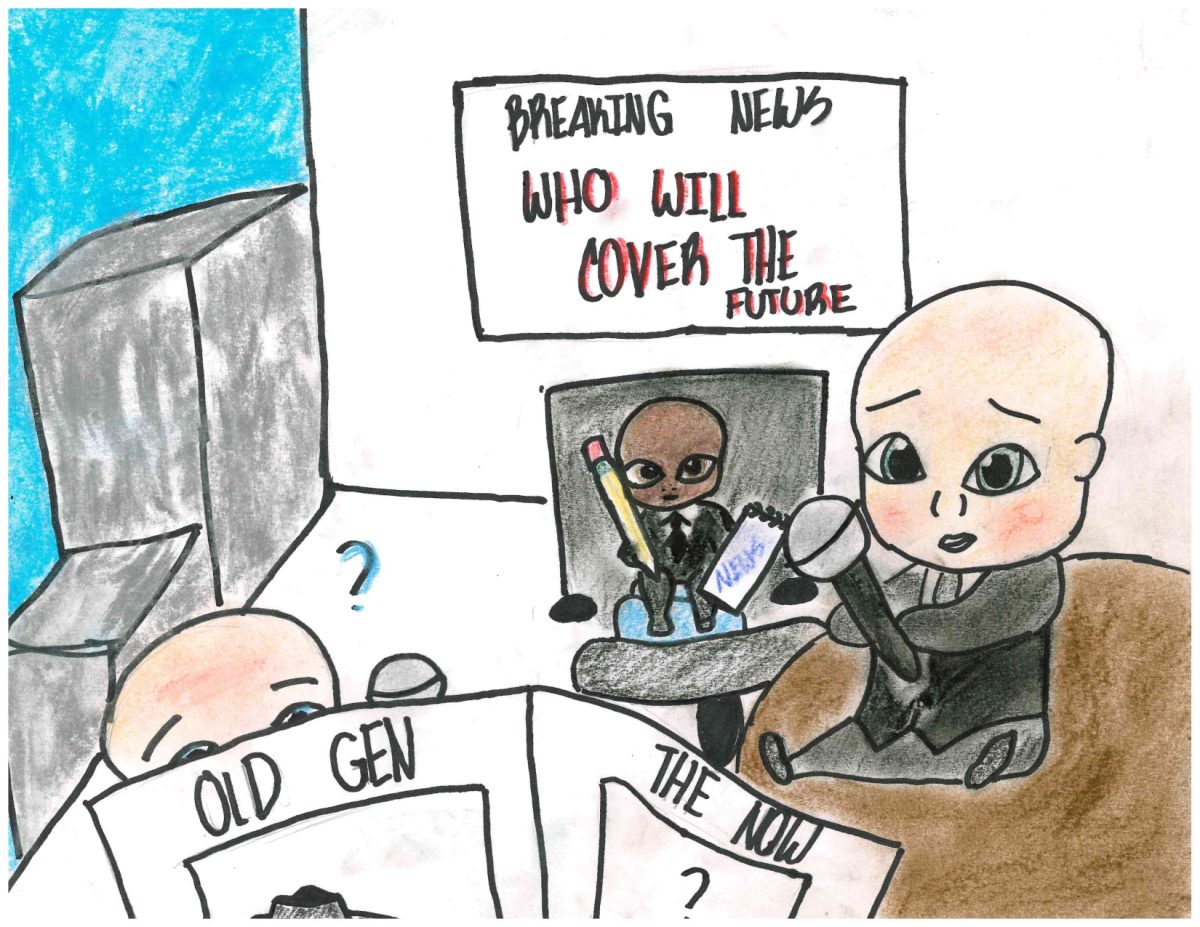Despite the unfortunate regularity of their occurrence, and the huge amount of attention they garner from the media, school shootings continue to transpire throughout our country’s schools.
Such a reality leaves government officials in a desperate position to protect our youth. Despite the amount of attention that these tragedies receive, effective solutions have been hard to come by.
Over the past few years different strategies have been championed by both state governments and individual schools, as our country attempts to piece together a solution to school shootings and violence.
Many of these strategies appear beneficial, but it can be difficult to truly tell, as the number of shootings continue to rise.
Certain regulations are more common in specific states, all dependent on the culture surrounding gun ownership and preservation of the second amendment.
According to the John Hopkins Center for Gun Violence Solutions, the states with the highest gun death rates tend to be those in the South or Mountain West, which have weaker regulations surrounding firearms.
The Northeast, in contrast, has a lower gun death rate along with stronger laws surrounding firearms.
The statistics speak for themselves: restrictions on guns allow for safer communities, homes, and not to mention, schools.
But the everlasting political gridlock surrounding guns are keeping American schools in ceaseless jeopardy, and American children along with them.
So, what measures are being taken to keep students safe? In Virginia’s school districts, clear backpacks have surfaced as the newest solution. Richmond Public Schools (RPS) have been made a requirement for students in the 2024-2025 school year in Richmond, Virginia.
According to the RPS school board, clear backpacks are a “preventative safety measure to ensure RPS schools are a safe and productive learning environment.”
While, in theory, the concept of seeing every students’ backpack contents provides a sense of security, some may consider it a breach of privacy and not ideal for the setting of a school.
Further south, schools are pushing for “panic buttons” to be worn by school faculty as a part of their everyday uniform.
When faculty and staff at Apalachee High School in Winder, Georgia pressed their own panic buttons, law enforcement arrived at the school within minutes when a shooting broke out on September 4, according to Education Week.
It is believed that these panic buttons ultimately saved lives that day, with many believing that the situation could have been “much worse” without this technology.
And while these panic buttons most likely caused more benefit than harm, the threat is most likely already actively in the building when the technology is put to use.
The goal is to prevent massacres from happening at all, not simply deescalating them when they’ve already occurred.
Whether alongside or instead of other regulations, certain schools choose to install metal detectors for students to walk through as they enter in the morning.
According to the National Center for Education Statistics, approximately 2% of elementary schools, 7% of middle schools, and 10% of high schools have active metal detectors within their schools.
Metal detectors are also a “symbolic barrier that signals a presence of security,” according to the Education Resources Information Center. With a presence of security in schools, children may feel safer, or they may feel as though they are already unsafe because of the assumption of what may happen within their educational facility.
While, yes, such a precaution will prevent certain items, such as firearms, from getting beyond detection, there is no need for a child to feel as though they are in a prison setting when they are simply there to learn.
In an effort to make these same students feel safer at school, and more prepared in the event of an active shooter, schools across the country have used ALICE training.
ALICE training has taken place across the country since 2000, and has faced criticism. ALICE, which stands for Alert, Lockdown, Inform, Counter, Evacuate, provides a protocol for students to follow based on their situation.
The purpose of ALICE is to keep students prepared and involved in active shooter situations. It establishes a plan based on the situation and location of the shooter, and allows students to take part in their own response plans.
ALICE also strives to be a flexible and diverse training program, preparing students for any kind of situation.
If a shooter is far enough away from the students’ location, ALICE prompts them to flee.
If a shooter is close to the classroom in question, ALICE instructs on how to barricade and hide from any possible intruder.
As strong and comprehensive as this plan may seem, there has been backlash from both parents and teachers.
Some parents argue that preparing for a school shooter with a comprehensive, school wide drill does more harm than good. They believe that the trauma of preparing for an active shooter is too harmful to subject students too.
Others criticize ALICE for teaching students to confront the shooter in certain scenarios.
Students are taught to throw objects at an intruder if they enter the room and even, if they are close enough to do so, tackle or attempt to disarm the intruder.
While ALICE provides students and teachers with an established plan for many aspects of an active shooter, it also can instill fear and dangerous ideas in the minds of students.
Despite numerous strategies and preventative measures, school shootings continue to take place across the country.
According to the FBI’s database, local and federal law enforcement officials are given ALERRT training.
This training teachers officers to work in small groups to neutralize active shooter threats, with the goal being speed and efficiency. As important as this training is, it remains a reactionary response.
The problem is, in many school shooting scenarios, shots are fired before police are notified, which can result in a loss of life before this training can be used.
There likely is not one clear solution to our country’s school shooting problem, but one thing is for sure: there needs to be some kind of preventative measure taken by our federal government.
Leaving it up to state legislation to solve the problem has not worked, and there must be action from our federal government to address and, ultimately, prevent these tragedies.
WWSI: Gun violence ‘solutions’ proving ineffective
Preventive measures regarding gun violence continue to be a difficult puzzle to solve for many schools in America. Whilst action is “being taken,” the real issue of gun violence continues to be ignored.
0
Tags:
More to Discover
About the Contributors

Jacob Godshall, Editor-In-Chief

Abby Nyce, Managing Editor







